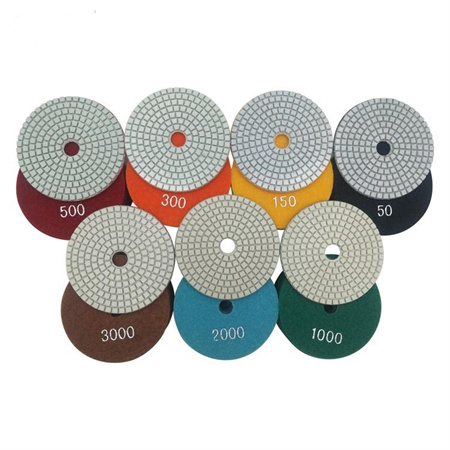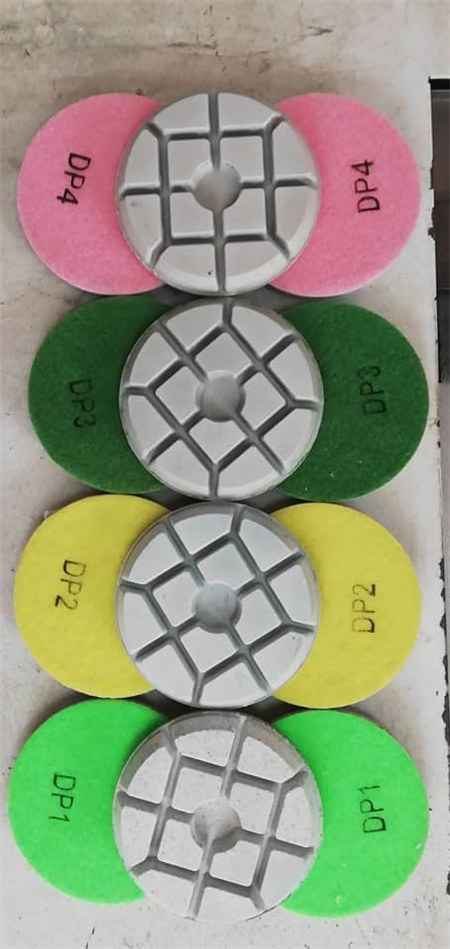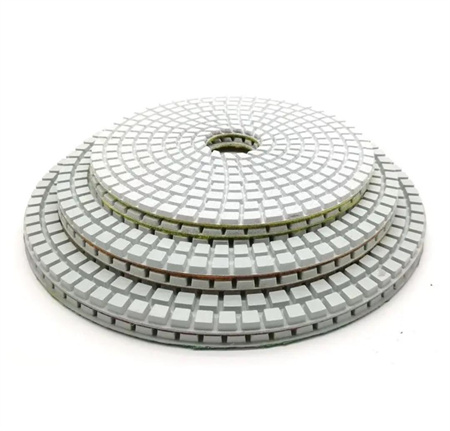Achieving a high-gloss finish on surfaces like concrete, marble, or granite can be a game-changer, whether you’re working on a home renovation or a professional project. The key to unlocking that mirror-like shine is using the right technique and tools—and diamond pads are among the best. But how exactly can you achieve a high-gloss finish using these specialized tools? Here’s the inside scoop on how to perfect that gleaming look, making your surfaces shine like they’ve never been before.
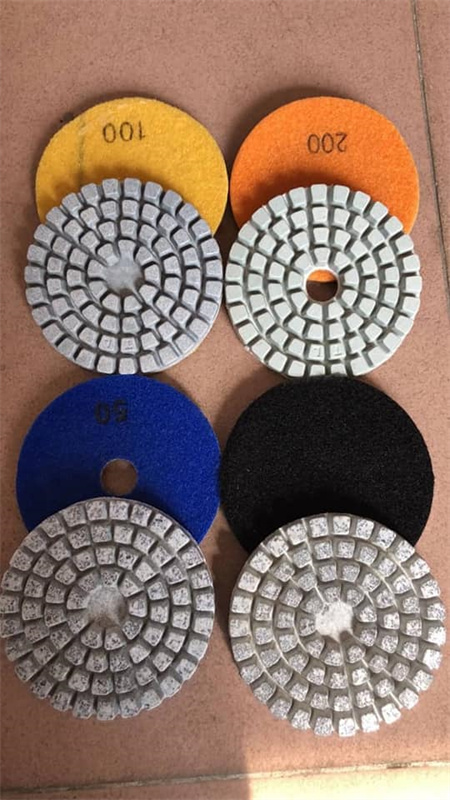

Once you’ve ensured that the surface is prepped, the next step is choosing the right diamond pads for the job. Diamond pads come in a variety of grits, each designed for different stages of the polishing process. Coarse grit pads are ideal for initial grinding, medium pads are used for honing, and fine to ultra-fine pads are perfect for polishing. The grit of the pad you choose will depend on the condition of the surface and the level of gloss you want to achieve. If you’re working with a very worn or rough surface, starting with a lower grit and working your way up is the way to go.
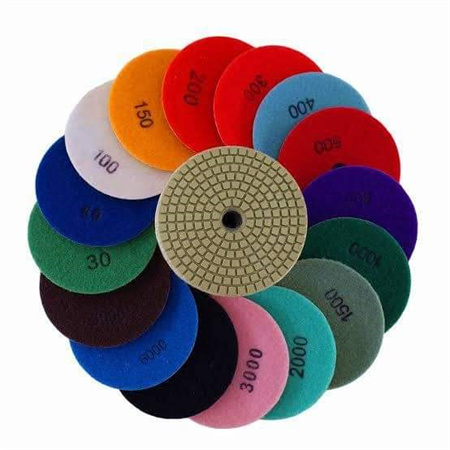
Now, let’s talk about technique. The key to using diamond pads effectively is to work in overlapping, circular motions. This technique ensures that you cover every part of the surface evenly, avoiding any streaks or uneven patches. Pay attention to the pressure you’re applying—too much pressure can lead to uneven results, while too little pressure may not achieve the desired gloss. A steady, consistent pressure is essential for a flawless finish.
It’s also important to keep the surface wet while polishing. Using water helps to cool the diamond pads, preventing them from overheating and ensuring they continue to perform at their best. Water also helps to reduce dust, which can mar the surface you’re working on. Be sure to keep the pad and the surface damp throughout the entire polishing process. You can either use a spray bottle or a wet polishing machine, depending on the size of the area you’re working on.
Once you’ve worked your way through the different grits and achieved a smooth surface, it’s time to polish the surface to that high-gloss shine. For this stage, you’ll want to use a fine grit pad. These pads will work to refine the surface further, smoothing out any micro scratches that could dull the finish. The more passes you make with the fine grit, the more intense the gloss becomes.
When you finally step back and look at your work, you’ll be amazed at the transformation. A high-gloss finish is not just about the shine—it’s about the clarity and depth of the reflection. If done correctly, a polished surface with a diamond pad should look almost like a mirror, with the light bouncing off of it perfectly. The beauty of diamond pads is that they don’t just polish the surface; they enhance the material’s natural texture and beauty, bringing out a richness that’s hard to achieve with other polishing methods.
To maintain the gloss, be sure to regularly clean the surface to avoid buildup that could dull the finish. Using a pH-neutral cleaner and a microfiber cloth will help keep the surface sparkling. Additionally, if the surface starts to lose its luster over time, a light re-polishing with a fine diamond pad can bring back that showroom-quality shine.
In conclusion, achieving a high-gloss finish with diamond pads is a process that requires attention to detail, the right tools, and a bit of patience. But the end result is well worth the effort. With the right techniques and the power of diamond pads, you can achieve a stunning, mirror-like finish on a variety of surfaces, whether it’s for a home project or a professional job.

